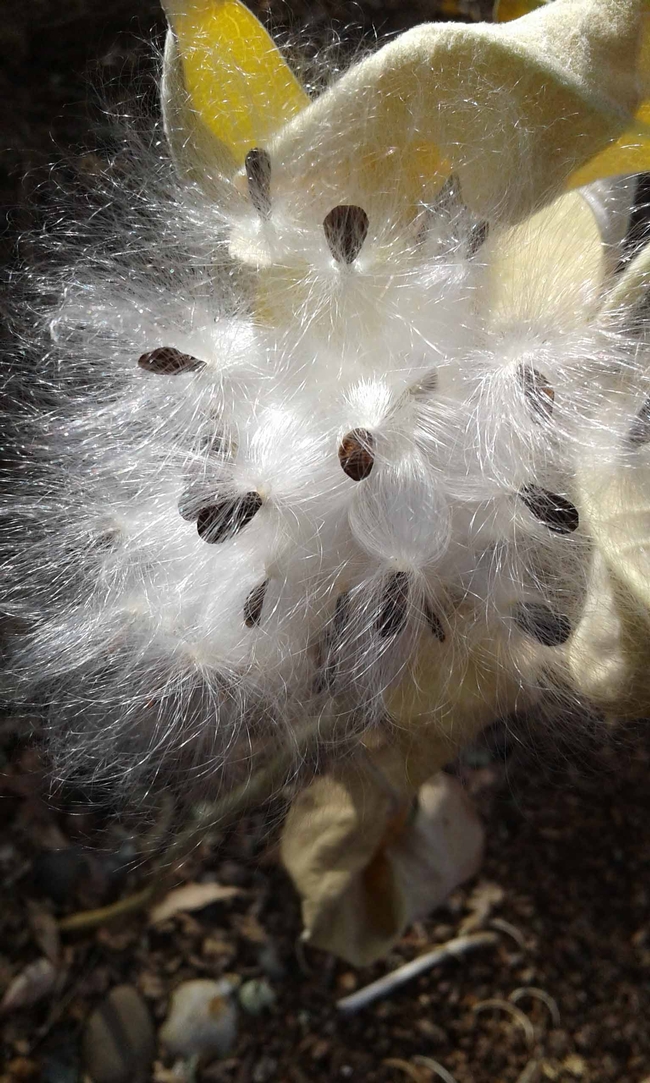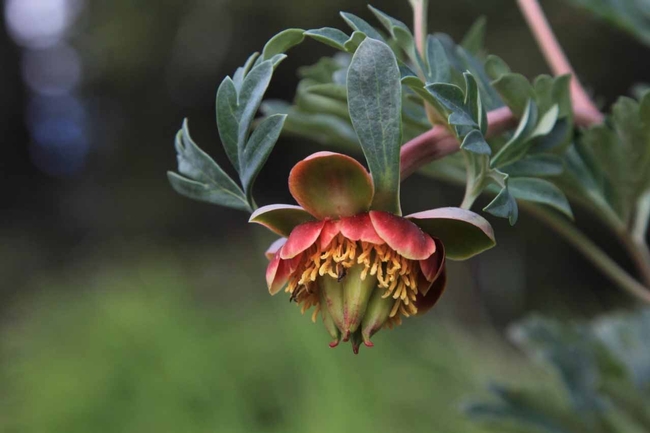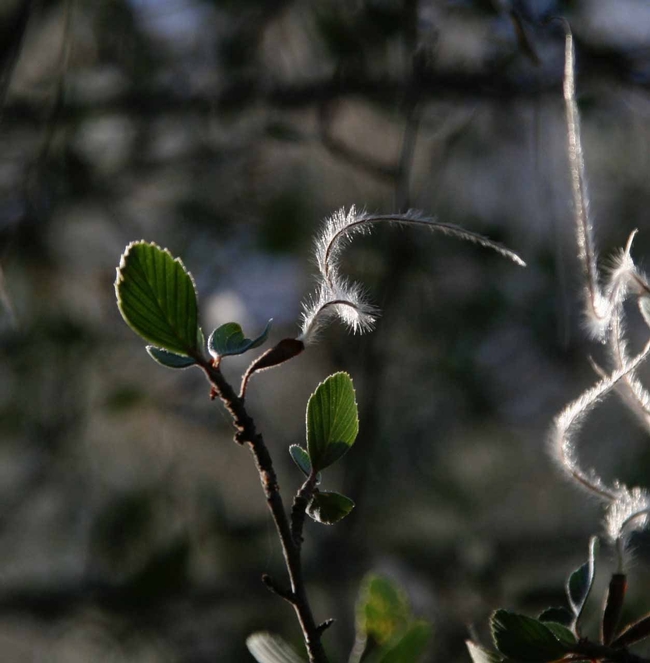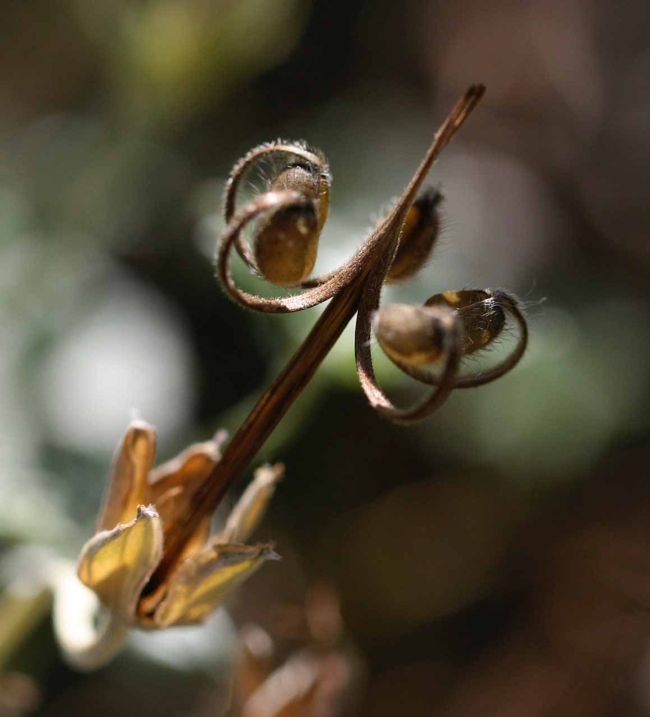It's the time of year when gardeners begin planning their summer gardens and starting seeds indoors to get a head start on the growing season. No better time, then, to think about how amazing, enchanting, magical, and mysterious seeds really are. They can be densely nutritious or fatally poisonous. Some are the size of a child's head; others are microscopic. Some can live in a dormant state for thousands of years. They are opportunistic; they are ingenious. They can be breathtakingly beautiful, or quite plain. They are nature's disposable, single-use containers.

Seed-bearing plants (spermatophytes) evolved 400 million years ago, coinciding with the receding water and increasing land masses on Earth. The vast variety of seed structures that evolved revolutionized the ability of the plant kingdom to travel to almost every corner of our globe. Diversity is key to the successful reproduction and survival of many species, and seeds have that in spades: that's why our globe is covered in plants.
Basically, seeds consist of an embryo and an endosperm, both of which are often contained within a protective coating called the testa. The endosperm feeds the embryo until it is successfully sent out into the world by one (or more) dispersal methods. If the seed ends up in a welcoming location, and conditions are good, germination can occur. When it does, the seed becomes a seedling, sending roots down into the earth and cotyledons up into the air. In a nutshell, that's the job of a seed: protect, nurture, disperse.

Wind (Anemechory): Reliance on wind is a common method (think pine trees, rice, and other grasses), but not the most efficient. This is why plants with seeds designed to be whisked away on the wind produce enormous amounts of light, aerodynamic seeds. When you depend on the vagary of air currents, you can't be choosy about where you land, and producing lots of seeds dramatically increases survival odds. The structure of the seed itself creates specific movements in the air. The samara produced by the California bigleaf maple (Acer macrophyllum) is a good example: it locomotes like a helicopter until it drops to the ground.

Weight (Barochory): Gravity-fed dispersal is the domain of conifers and trees bearing large nuts, as well as sycamores. The sheer weight of the mature seed triggers its fall to the earth. These large seeds do not easily travel under their own resources, and either sprout under the parent, or rely on animals to move them about.
Wildlife (Zoochory): A variety of strategies encourages animals to disperse seeds. Through an ingenious crafting of texture, shape, and color, the plant attracts wildlife in order to hitch a ride (epizoochory) and be dropped or scraped off later, or to be consumed by an animal (endozoochory) and then deposited along with the animal's feces in a different location. Although poisonous to humans, the seeds of poison oak (Toxicodendron diversilobum) are an important food source to overwintering wildlife and the birds which migrate along the Pacific Flyway, ensuring a wide dispersal range.

Of our native California plants, the largest seed is that of the buckeye (Aesculus californica) and the smallest is the microscopic seed of any of our native orchids (such as lady slipper and stream orchid). The largest seed on earth is the coconut. Seeds can remain viable for thousands of years: a viable seed from a lotus was discovered in an Egyptian tomb. Curiously, seeds whose endosperms provide the most food to their embryos often have the shortest life span, and those which provide the least amount of food can last the longest.
UC Master Gardeners of Butte County are part of the University of California Cooperative Extension (UCCE) system. To learn more about us and our upcoming events, and for help with gardening in our area, visit our website. If you have a gardening question or problem, email the Hotline at mgbutte@ucanr.edu or leave a phone message on our Hotline at (530) 538-7201. To speak to a Master Gardener about a gardening issue, or to drop by the MG office during Hotline hours, see the most current information on our Ask Us section of our website.